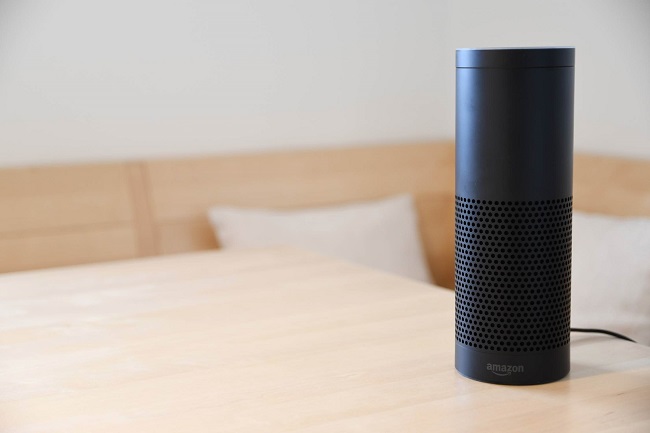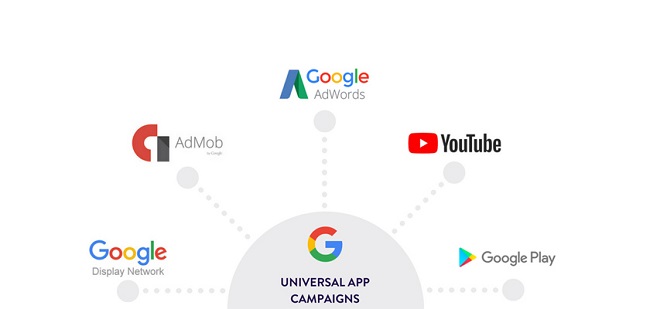Voice technology is the next wave of digital standardization. From smart assistants to smart speakers, and from voice-activated TVs to voice-powered vehicles, the future of voice technology is bright and brimming with potential! With nearly a quarter of all US households owning a smart speaker, voice technology is on its way to a digital takeover.
In fact, the global voice recognition technology market reached almost 10 billion U.S. dollars in 2020. By 2026, it is projected to reach approximately 30 billion U.S. dollars.
Understanding Voice
Combined, Amazon and Google have sold over 27 million voice-enabled devices in the United States alone. Current research also shows that 41 percent of adults utilize voice search at least once every day. Voice search and voice tech are slowly becoming a more prominent force in today’s digital age because it’s a hands-free way users can interact and engage with the internet.
Voice-powered tech used to be flooded with monotonous voice recordings and primal automated phone systems. Today, technology like Google Duplex provides users with a more sophisticated experience. For example, Google Duplex is an AI system that allows users to have natural conversations with machines to accomplish real-world tasks. According to Google:
The technology is directed towards completing specific tasks, such as scheduling certain types of appointments. For such tasks, the system makes the conversational experience as natural as possible, allowing people to speak normally, as they would to another person, without having to adapt to a machine.
Read More About: How to Optimize Your Website for Voice Search
This advanced tech allows consumers to feel more comfortable when interacting with businesses on voice-enabled platforms. Through the use of natural language capabilities, Google Duplex allows users to feel more at ease. In fact, 41% of users who own a voice-activated smart speaker say that conversing with it feels like they’re talking to a friend.
Of the smart speakers on the market, the popular Amazon Echo series is one that also boasts natural speech processing. These speakers have over 50,000 skills, works with 20,000 devices, and are used by 3,500 brands worldwide. Apart from users, businesses are beginning to understand the power and potential of voice-enabled devices. The sheer user base number is an indication that this technology is becoming standard for users across the globe. This is why, as a digital marketer, it’s important to understand how to use voice technology for business and how to optimize Google Ads for voice search.
What is voice search technology?
Voice search technology is speech recognition software that gives people the ability to search by saying their query out loud, rather than simply typing it into the search field on Google or any other search box.
It essentially encompasses an open-domain short keyword query to gather any information on the web. Alexa, Siri, and Google Voice search are just some of the voice assistants that enable voice searches.
This is essentially a kind of dialog system that is based on rounds of interaction. You can even correct or clarify the system about your search, ensuring the device is always learning and getting more accurate.
A lot of people think that this is a brand-new piece of tech. However, it has actually been around for quite some time now. A perfect example of voice search technology is programs with text-to-speech options.
If a device has a voice assistant or a dialog system, it can be optimized for voice search. Nevertheless, voice assistants utilize search-by-voice capabilities, ensuring the process is even quicker.
Voice assistant usage statistics
Statistics show that 123.5 million adults in the United States will use voice assistants a minimum of once a month. This figure is only going to increase over the next few years. In fact, the number will keep increasing until it reaches virtually half of the population in the United States. The growth of voice assistants alone shows why this is an area businesses need to explore.
Voice search facts
- Almost 91 million Americans own a smart speaker at present
- Every 1 in 5 mobile queries is currently carried out with speech search
- 55% of US households will own a smart speaker by the end of the year
Brands Using Voice Tech

As technology becomes more advanced, so do digital marketing strategies (e.g. brands using voice search). Even household names you might not expect are optimizing their content for voice search. For instance, pizza giant Domino’s launched Domino’s AnyWare so pizza lovers could order their favorite pies on their favorite devices. Many of these devices include smart speakers like Google Home and Amazon Echo, but Domino’s was also sure to include voice ordering through your smartphone and smartwatch.
Read More About: AI Technologies Predictions That Will Dominate In 2019
It might seem a little ridiculous to note how voice technology is changing everything for brands, but it’s a necessary step toward the future. Johnnie Walker Scotch Whiskey is another example of brands using Alexa for their marketing strategy. With the Amazon Alexa Johnnie Walker Skill, customers can ask their smart speakers for a guided tasting, a crash course on whisky 101, or for the nearest liquor store to purchase a bottle. These are just two great examples of brands using voice technology.
Components of Voice Technology
There are different components of voice technology that marketers can use to leverage their brand. For example, brands can choose for their products and services to be voice-activated, and capabilities include having those items and systems turn on and off and follow other voice commands. Brands can also choose to have a skill for specific speakers like Johnnie Walker and Alexa. For a majority of companies, brands will choose to optimize their content for voice marketing in order to drive sales and increase revenue. Voice search is much like SEO in this way and will help brands connect with consumers through all voice platforms. This is currently the most important component of voice technology today.
The future of voice technology
As voice assistants are becoming more and more powerful and easier to utilize, more people will turn to virtual assistants and voice search to help them with their daily tasks.
Sometime in the near future, we can expect a more proactive role for voice assistants. Rather than simply waiting for a command from you, assistants will be able to gather information that is context-specific. They will then take the initiative, making helpful suggestions for the user.
For instance, people will be able to interact with their in-vehicle voice assistant to find out information about service needs or how much fuel they have used.
Furthermore, an in-car voice assistant may even be able to connect to intelligent home systems by integrating them with home automation systems or IoT devices. This would mean you could turn on your heating before you return or set an alarm after leaving your home.
Further voice search predictions indicate that voice will be used to authenticate purchases as well, by matching it to a bank account or credit card. This means in the future we may see people simply use their voice to pay.
How to Optimize for Voice Search
Crafting a voice marketing strategy is much like crafting an SEO strategy. If you’re looking to increase your ranking and likability with site crawlers, there are specific best practices you should follow. Below are a couple of tips you can use to optimize your content for voice:
- Register your business on Google My Business, so its geographic location is recorded for voice search
- Use long-tail keywords to capture more voice queries made by users
- Write your content using more colloquial language in order to cater to the natural language of voice searchers
- Optimize your FAQ page so it can appear as a result when users search for your content
Good luck with your voice assistant marketing journey!
P.S. If you know of any cool brands using voice search, let us know in the comments.





Tell us your thoughts in the comments